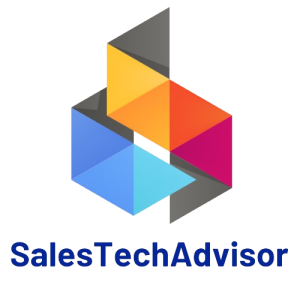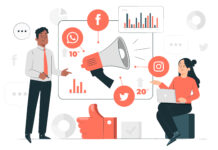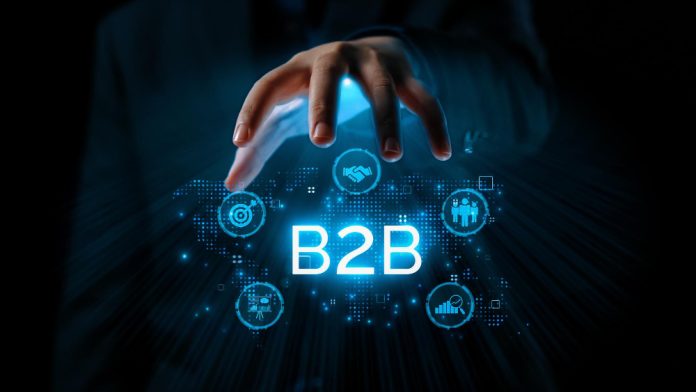The B2B landscape is changing rapidly, and personalization is no longer a nice-to-have—it’s a necessity. In 2025, decision-makers expect content, messaging, and solutions tailored to their unique business needs. Companies that prioritize personalization are more likely to build trust, increase engagement, and drive revenue.
In fact, according to McKinsey, 71% of B2B buyers now expect a personalized experience, and businesses that excel at personalization generate up to 40% more revenue. So, how can you leverage personalization to strengthen B2B engagement this year? Let’s explore six tactics that deliver measurable impact.
1. Segment Your Audience Beyond Basic Demographics
Instead of relying only on industry or company size, segment your audience using deeper insights:
- Buyer journey stage (awareness, consideration, decision).
- Job function and role-specific challenges.
- Company priorities (growth, cost-saving, innovation).
- Tech adoption levels or digital maturity.
This allows you to create campaigns that resonate with the exact challenges your prospects are facing.
2. Personalize Email Campaigns with Dynamic Content
Emails remain a powerful channel for B2B engagement when done right. Use dynamic content blocks that change based on the recipient’s role, location, or previous interactions. For example:
- Product updates relevant to their industry.
- Case studies from similar-sized companies.
- Personalized subject lines to boost open rates.
Platforms like HubSpot, Marketo, or Salesforce Marketing Cloud make this easy with automation features.
3. Use Account-Based Marketing (ABM) for High-Value Clients
In 2025, ABM continues to be one of the most effective personalization strategies. Tailor campaigns for specific high-value accounts by:
- Creating custom landing pages.
- Developing targeted ads that speak directly to company goals.
- Involving sales teams in delivering a personalized outreach experience.
ABM not only improves engagement but also shortens sales cycles and strengthens client relationships.
4. Leverage AI-Powered Recommendations
AI tools can analyze buyer behavior and suggest personalized content or product recommendations. For example:
- Suggesting webinars based on past attendance.
- Recommending whitepapers aligned with content previously downloaded.
- Personalizing product demos based on industry pain points.
This ensures buyers see content that feels relevant, increasing engagement rates significantly.
5. Humanize Your Content Through Storytelling
Personalization isn’t only about technology; it’s also about building connections. Share stories that spotlight:
- Customer success journeys.
- Employee perspectives.
- Real-world challenges and how your solution solved them.
This approach helps prospects relate emotionally to your brand, fostering deeper B2B engagement.
6. Track Engagement Metrics and Optimize Continuously
Personalization isn’t a one-time effort; it requires continuous refinement. Track key metrics like:
- Email open and click-through rates.
- Website dwell time and bounce rates.
- Engagement with gated assets (case studies, reports, webinars).
- Conversion rates from personalized campaigns.
Use these insights to improve segmentation, content, and delivery strategies.
Conclusion
In 2025, B2B engagement thrives on relevance, personalization, and value. By leveraging segmentation, ABM, AI tools, dynamic email content, and storytelling, businesses can build stronger relationships with decision-makers and accelerate growth.
Personalization is not just about marketing—it’s about delivering the right message to the right person at the right time. Companies that master this approach will stand out in an increasingly competitive B2B landscape.






